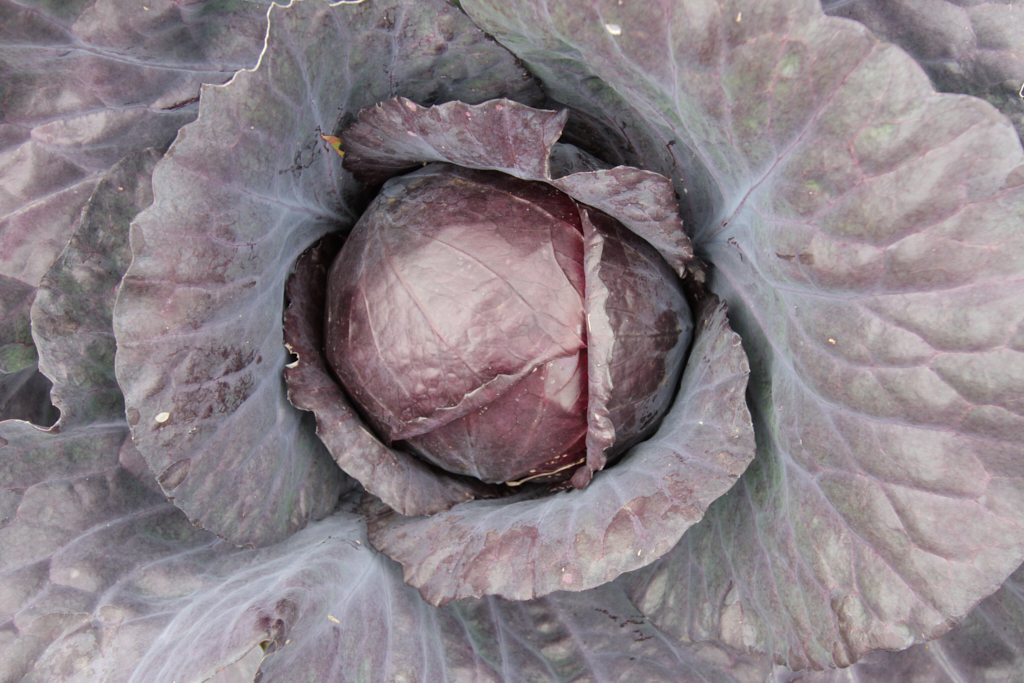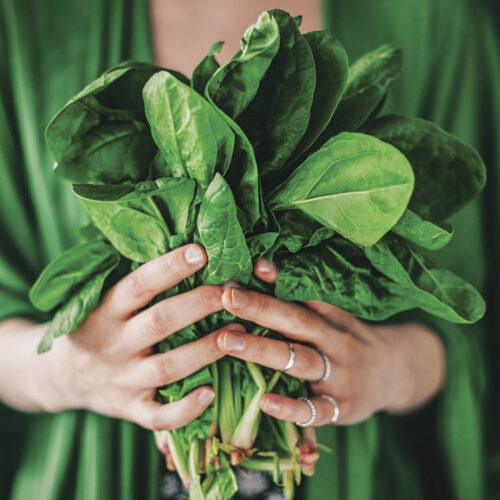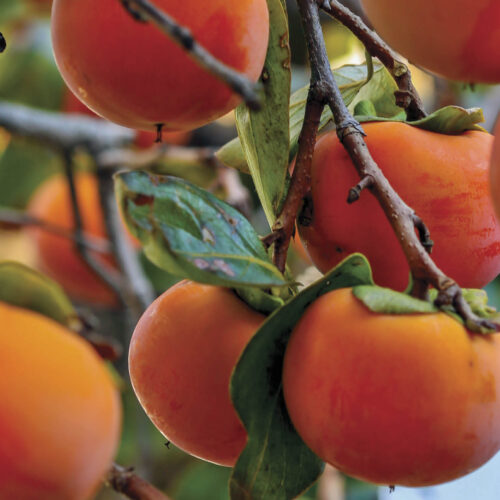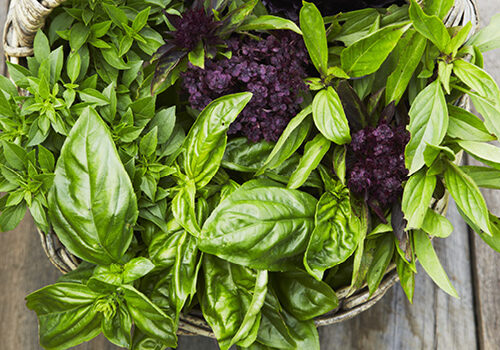What to plant in February
2019-01-29T02:59:45+11:00
It's horrid weather for planting, says Justin Russell, but try to get some winter crop seeds sown into punnets.
As I write, it’s dusty and incredibly dry in some regions with record high temperatures and out of control bushfires in Victorian and Tasmania. In more northerly parts of Queensland there are record floods, with cyclones and deep lows hovering. In other words it’s horrid weather for planting anything, in most regions, let alone the cool season crops I’m aiming to get in the ground this month.
The big hardware stores and supermarkets clearly know zip about gardening because they haven’t yet cottoned on to this plant now harvest later concept. I went to buy some cool season seedlings on the weekend, and surprise, surprise, the vegie selection was in full blown spring and early summer planting mode. I went home empty handed and I’m kind of glad – I’ll now have to sow seed and be a bit more patient than I would have otherwise. This is a good outcome, especially with our contrary weather. By the time the seeds are up and ready for transplanting, things might be a bit more settled.
So for those of you in cool temperate and warm temperate late February is the month to get stuck in. Plant seed of broccoli (starting with long season types such as ‘Purple Sprouting’), cauliflower, cabbage (like the large purple cultivars), kale, mustard, chicory, lettuce, Asian greens (such as wombok, bok choy, choy sum etc), mizuna, rocket, leek, spring onion, celery, Florence fennel, carrot, parsnip, turnip, radish, beetroot, silverbeet and coriander.
Arid/semi-arid zones are still too hot to do much in the way of planting. In frost-free areas try sowing dwarf cucurbits such as watermelon Golden Midget and cucumber Spacemaster. These will grow fast and produce good crops before the weather starts to cool. If you do plant anything else then protect young seedlings with shadecloth and keep plants well watered until they’re established. If you have sheltered spaces and have time to water, then you can start winter vegies from seed, see the paragraph above for suggestions.
In subtropical areas that don’t get frost, you can pretty much plant whatever fruit trees you like during February. If you’ve had flooding, wait for your soil to dry so it’s no longer waterlogged. If not then late summer and autumn is a better planting time than spring for many trees as wet season rains generally do a good job of watering new plants and getting them off to a good start. Try citrus, guava, lychee, avocado, and mango, among others.
As for vegies, subtropical gardeners can seriously go to town. Plant amaranth, lettuce, chicory, mustard, silverbeet, Asian greens, cucumber, pumpkin, zucchini, squash, sweet corn, eggplant, capsicum, tomato, potato, chilli, beans, beetroot, carrot, parsnip, and onion.
Those of you in the tropics might want to sit it out this month, which is traditionally the wettest (or in some areas, second wettest) month of the year. Then again you might want to make the most of breaks in the weather to plant some traditional veg that come to fruition in the fleeting June/July growing window. Sow seeds of broccoli, beetroot, silverbeet, snowpeas, tomatoes, capsicum, rocket, lettuce, dill and coriander. Start them in punnets and keep them in a shadecloth greenhouse until seedlings are ready to harden off and plant out.






